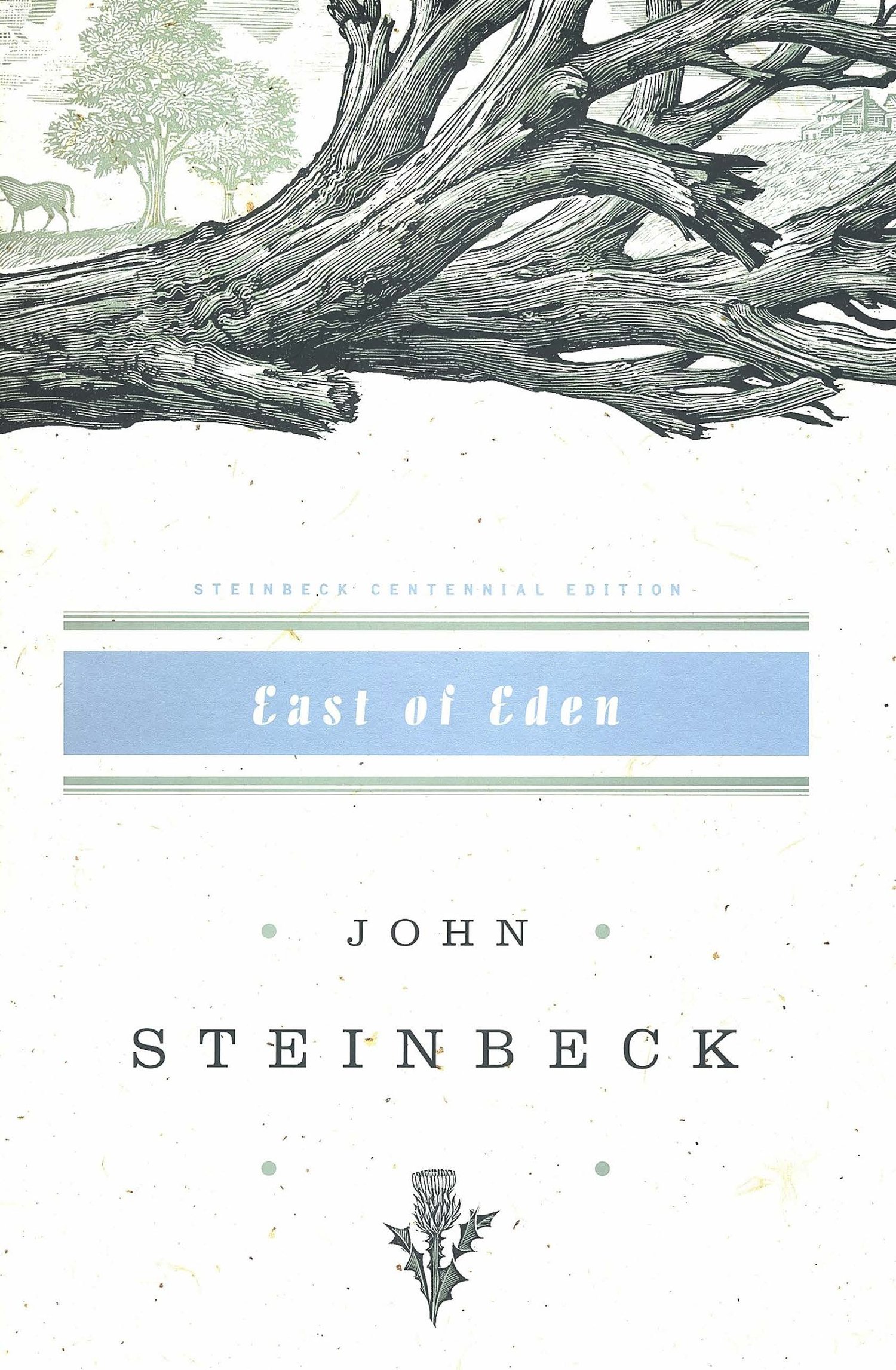John Steinbeck’s magnum opus, “East of Eden,” unfolds in the verdant valleys of California’s Salinas Valley, a picturesque yet tempestuous landscape against which the ageless human drama of love, betrayal, and moral dichotomy plays out. This literary masterpiece is more than just a novel; it is a profound exploration of the dualities of human nature, compelling readers to confront their own moral beliefs and choices.
To embark on the journey through “East of Eden” is to step into a realm where the dichotomies of good and evil reverberate in the lives of two families—the Trasks and the Hamiltons. The narrative is steeped in rich symbolism, most notably inspired by the biblical story of Cain and Abel. This allegorical dimension not only piques curiosity but reshapes one’s perspective on the age-old questions of identity, fate, and free will.
At the heart of “East of Eden” lies the character of Adam Trask, whose journey epitomizes the quest for authenticity amidst a cacophony of external pressures. Adam, a somewhat passive protagonist, grapples with the complexities of fatherhood and the shadow of his own lineage. His dilemma introduces readers to various interpretations of parental legacy, forcing us to question whether we are merely products of our upbringing or if we possess the innate capacity to forge our own destinies.
A pivotal moment arises with the introduction of Cathy Ames, a character as enigmatic as she is malevolent. Cathy embodies the antithesis of nurturing; she is a manifestation of moral absolutism, a character whose actions defy the conventions of kindness and compassion. Her cold, calculating nature provides a counterbalance to the more altruistic inclinations of other characters. Steinbeck’s depiction of Cathy not only heightens suspense but also invites readers to contend with the darker aspects of human existence. Is evil an inherent trait, or does it stem from external influences? This question reverberates throughout the narrative, engendering deep reflection.
As we delve deeper into the relational intricacies between characters, we encounter the formidable wrestle between Charles and Adam Trask, reminiscent of the Cain and Abel story. Their sibling rivalry is a contemporary retelling of age-old animosities and competitive fervors. It is within this familial discord that Steinbeck crafts a compelling commentary on jealousy and the struggle for paternal approval. More than mere rivalry, their relationship provokes an innovation in our understanding of love and resentment, challenging readers to reconsider their notions of loyalty and treachery.
As the plot unfolds, the generational dynamics within the Trask family and their interactions with the Hamilton family weave a rich tapestry of human experience. Samuel Hamilton, the philosophical anchor of the story, emerges as a voice of wisdom. He offers profound insights into the complexities of human nature, often presenting philosophical questions that resonate with modern existential dilemmas. Steinbeck’s use of Samuel as a moral compass invites readers to reflect upon their values and the legacies they wish to cultivate.
The theme of choice—the concept of ‘timshel,’ which translates to “thou mayest”—serves as a central pillar of the narrative. This Hebrew word encapsulates the fundamental idea that, despite our circumstances, we possess the power to make choices that define our paths. Timshel alludes to the notion that while we may inherit certain traits or face particular hardships, our agency enables us to transcend our origins. This realization is transformative, illuminating the fundamental truth that personal responsibility is paramount. Readers are left to ponder: how often do we exercise this freedom? Are we molded by our predicaments, or do we, like the characters, seize our choices to shape our destinies?
Steinbeck’s lush prose is interspersed with vivid imagery and philosophical musings, creating a narrative that is not only engaging but also intellectually stimulating. The Salinas Valley, depicted with a verdant vibrancy, becomes a character in itself—reflecting the duality of peace and turmoil that permeates the novel. This atmospheric detail enhances the reading experience and reinforces the emotional stakes of the characters’ journeys. Language becomes a powerful tool that propels the reader into the heart of the story, amplifying the exploration of human temperament.
By the denouement, “East of Eden” emerges as a rich confluence of emotional experiences and philosophical inquiry. Steinbeck deftly intertwines fate, free will, and moral ambiguity, urging readers to reflect on their everyday lives and the choices they make. The narrative’s conclusion serves not merely as an end, but as an invitation to engage in an ongoing dialogue about the complexities of being human. Through its multifaceted characters and intricate storytelling, the novel encourages us to grapple with the inherent contradictions within ourselves.
In essence, “East of Eden” is a tapestry of human experience—a triumphant testament to the indomitable spirit of choice against the backdrop of familial legacy, moral complexity, and existential inquiry. With each chapter, readers are challenged to confront their own ideologies, prompting an introspective examination of who they are and who they aspire to be. The result is not just a riveting narrative; it is a transformative journey that promises a profound shift in perspective, leaving a lasting imprint on the landscape of contemporary literature.
